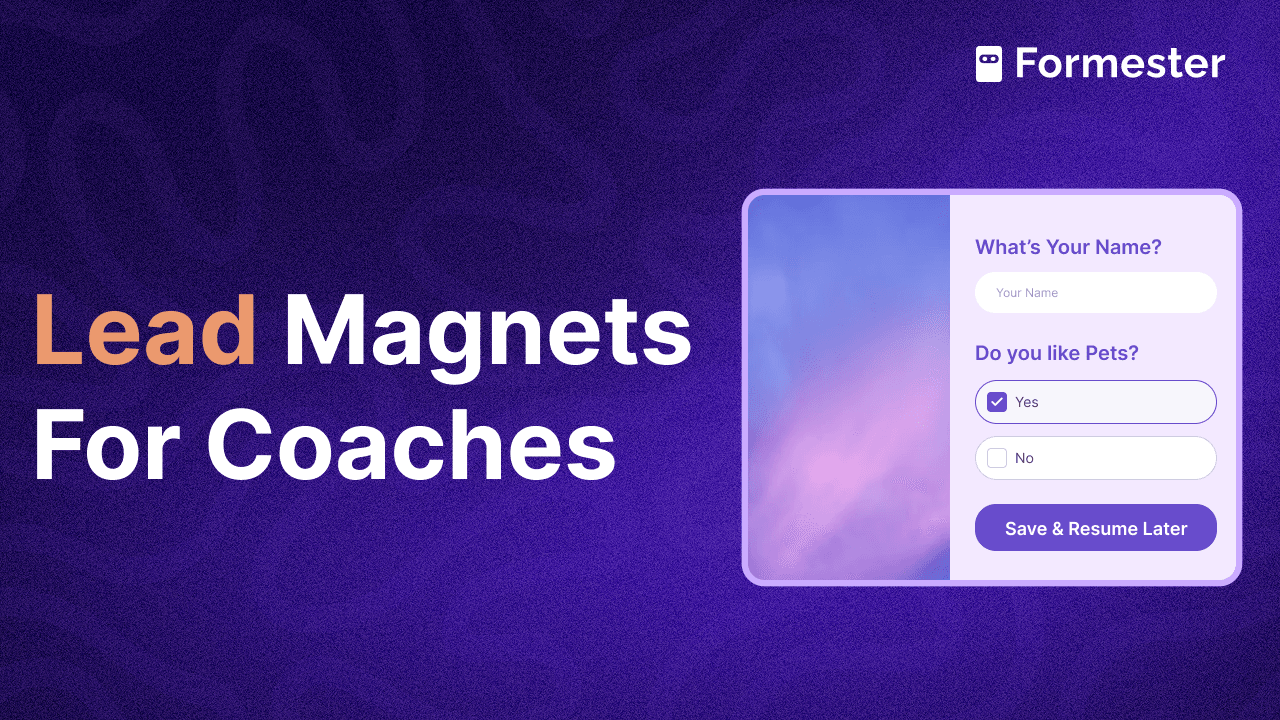How to Track User Engagement in Online Forms
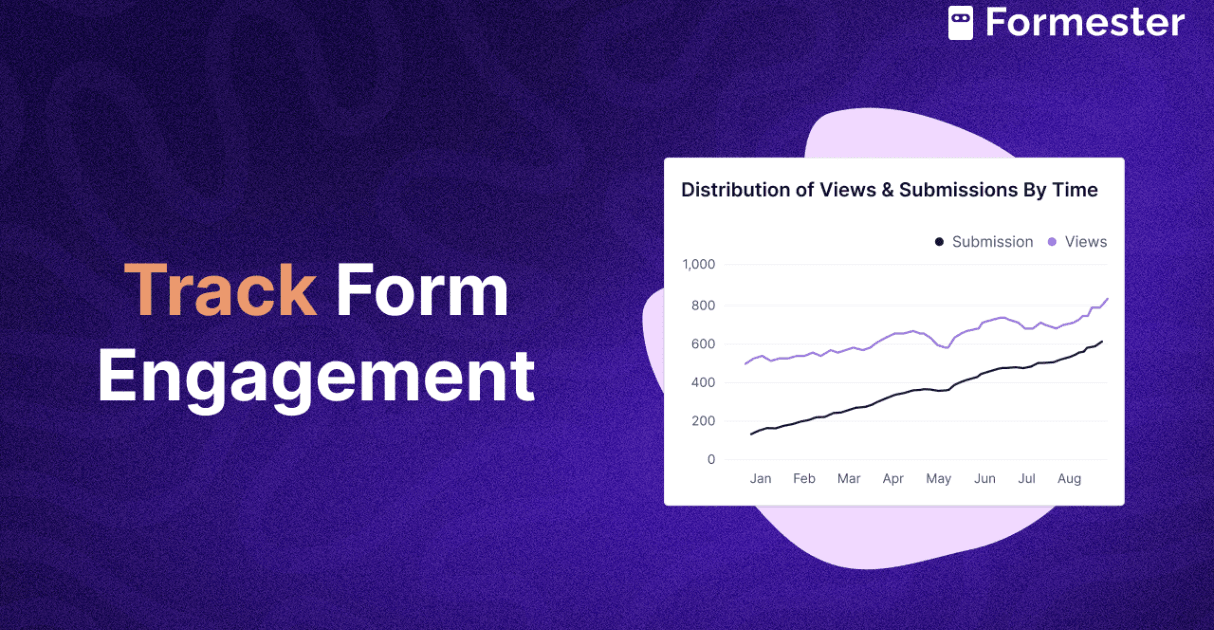
If you're struggling with low conversion rates on your lead capture forms, your problem might not be the form fields or your offer. It could be an engagement.
A form that looks fine on the surface might still lose visitors halfway through. The question is: how do you find out what’s really going wrong?
In this post, you’ll learn how to track user engagement in your online forms using simple but powerful methods. By the end, you’ll know exactly how people interact with your forms and where they drop off so you can fix the issues and improve conversions.
Let’s break it down step by step.
Why Form Engagement Matters
Most visitors don’t submit a form just because it’s there. They need a smooth and intuitive experience that builds trust as they go. Even small friction points like unclear labels, too many steps, or missing context can push them away.
That’s why tracking how users engage with your forms is so important. It gives you a window into their real behavior, not just assumptions.
Method 1: Use Built-in Form Analytics
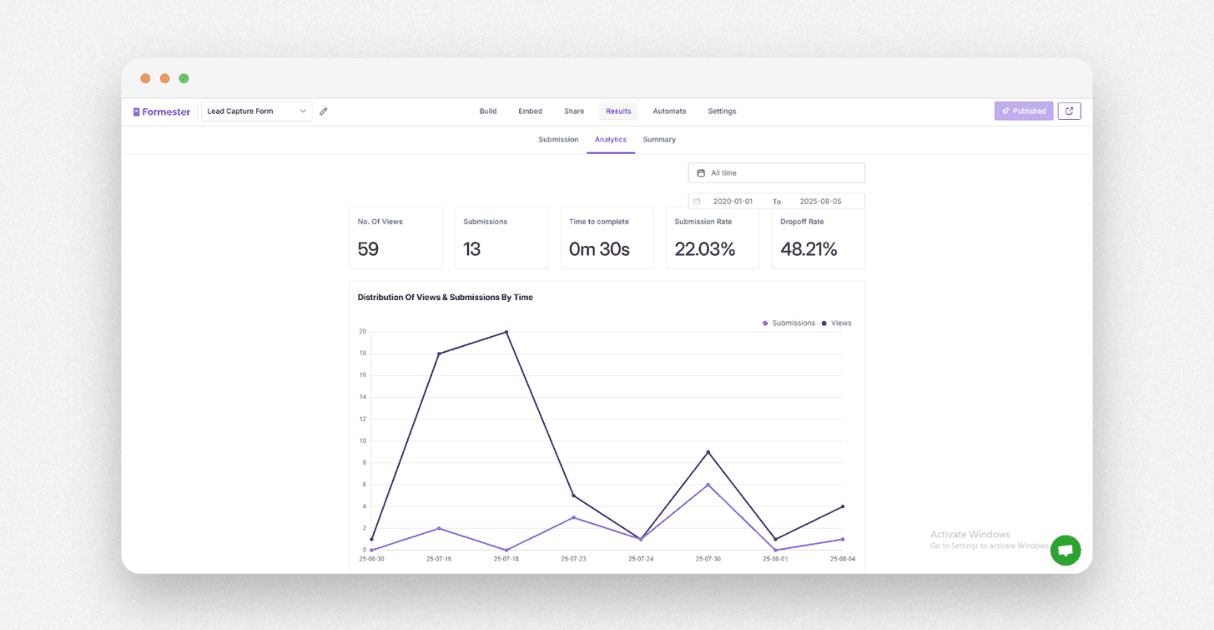
The fastest way to start tracking is by using the built-in form analytics dashboard inside your form builder.
With Formester’s form analytics, you can:
See how many people viewed and submitted your form,
Track drop off rates at each field,
Measure conversion performance across devices,
Compare response rates by time or location,
This gives you a quick snapshot of what is working and what is not without any complex setup. If you notice a high abandonment rate on a specific question or section, that is your cue to simplify or reword it.
Method 2: Watch Real User Sessions with Microsoft Clarity
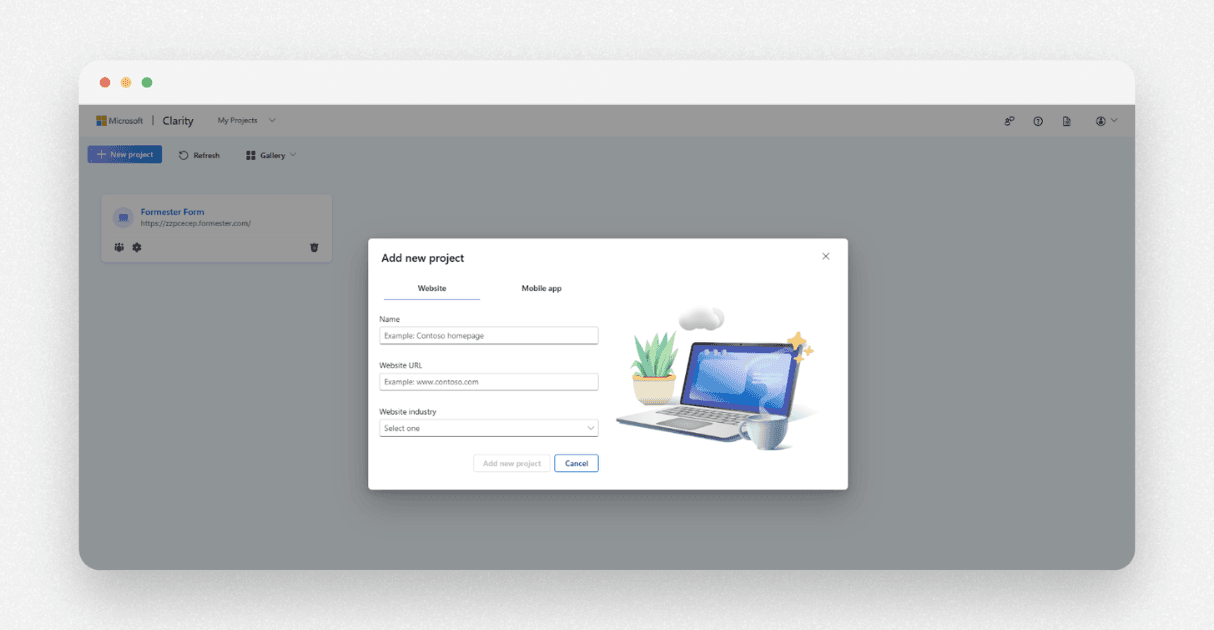
For deeper insights, pair your forms with Microsoft Clarity, a free tool that records how users move through your pages.
With Clarity, you can:
Watch recordings of form interactions,
Spot rage clicks, confusion points, and hesitation,
Use heatmaps to see where people focus or scroll past,
To set this up:
Add the Clarity tracking code to your site or form page,
Start collecting session data automatically,
Review recordings where users start but do not submit the form,
These visual cues show you friction in real time. Things like users hesitating before a field, missing CTA buttons, or abandoning the form when reaching certain sections.
Method 3: Track Events with Facebook Pixel or Google Tag Manager
![]()
If you are running paid ads, connecting your forms to Facebook Pixel or GTM is key.
With Formester’s integrations, you can track form submissions as custom events and feed that data into your ad campaigns.
This helps you:
Measure return on investment from Facebook and Google Ads,
Retarget users who did not submit,
Optimize for higher converting audience segments,
Tracking form completion events gives you more control over how you manage leads and spend your ad budget.
Method 4: Use Form Logic to Test Variants
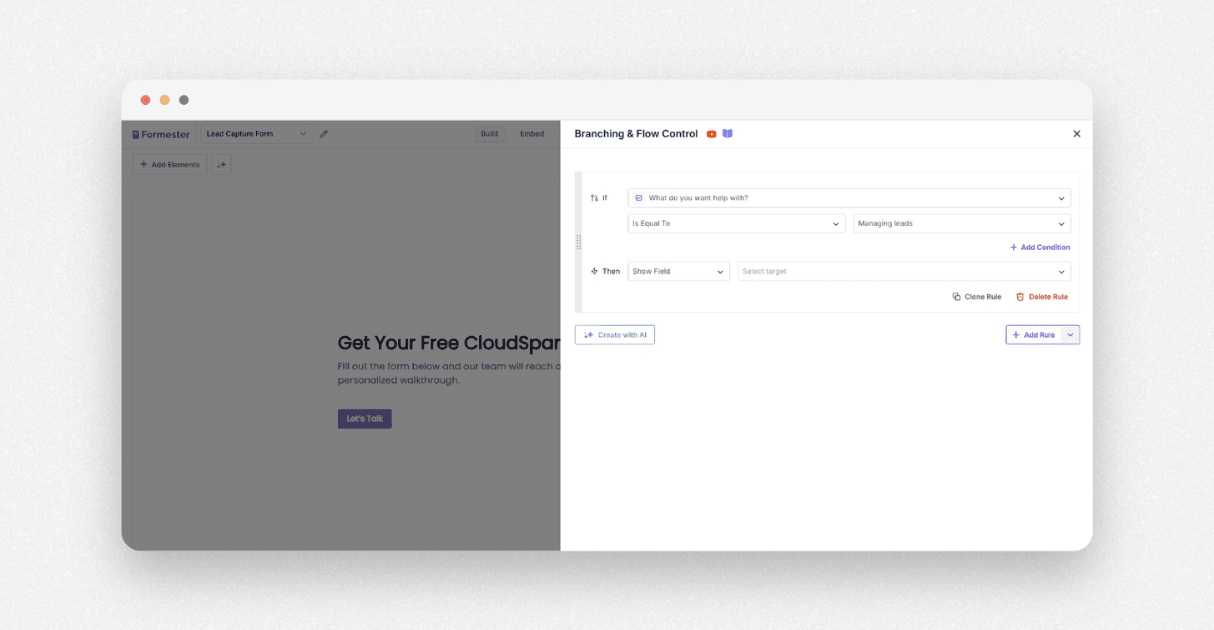
Sometimes, you do not just want to measure. You want to experiment.
Formester’s advanced form logic lets you create multiple versions of the same form flow, showing different questions based on user responses.
Use it to:
Test short versus long versions of your form,
Personalize fields for different audiences,
Create simpler flows that feel less overwhelming,
This helps increase engagement while still collecting the data you need.
Final Thoughts
Improving your form's performance starts with understanding how people use it.
By combining form analytics, session recordings, ad tracking, and smart logic, you get a full picture of user behavior and real opportunities to improve.
Even small changes based on actual data can lead to better engagement and more conversions.
